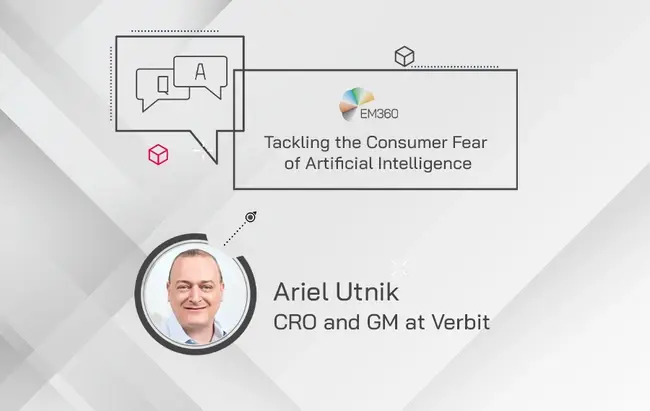
Despite COVID-19’s acceleration of all things digital, more than 70% of consumers still harbor a sense of fear towards Artificial Intelligence (AI) technologies, with the main concern stemming from the long-debated concept of ‘machines taking over the world’; an AI societal takeover. AI has, however, been around since the 50’s, so what will it take for consumers to embrace the use of intelligent agents once and for all?
Executives at Verbit – the leading AI-powered transcription and captioning platform – believe that the answer lies in utilising an AI-human hybrid model. In order to get a comprehensive understanding of this approach, we spoke to Chief Operating Officer and General Manager, Ariel Utnik. Ariel has been helping to lead Verbit to success for more than two years; he plays a key role in driving business growth.
1. Welcome Ariel! Thank you for taking the time out to join us today. Can you give us an exclusive insight into your current dual role at Verbit, particularly in terms of how you interact with AI on a day-to-day basis?
As COO of Verbit, I’m responsible for the company’s end-to-end business and operations processes, both in the US and internationally. Verbit operates as a global company, and my COO ‘hat’ helps me make informed decisions that affect all employees and the markets we service. At the same time, as General Manager, I am responsible for building, maintaining, and managing our US office. This dual role means that I look at the company from a wider angle, overseeing office sites as well as the company as a whole.
Verbit is a data-driven business at every level of the company: We harness data and AI to measure and forecast our business performance in marketing, sales, and customer success. AI also increases the efficiency of our transcriber community. It does everything from preventing fraud to making sure our transcripts are accurate and consistent. AI is also what ensures our transcription jobs are assigned properly to our 22K transcribers and that the work gets completed quickly and effectively.
2. Now, human-centred AI is not novel. What is the premise of the AI-human hybrid model that Verbit particularly champions and why do you believe it is the key to greater mainstream adoption and acceptance of AI platforms?
Verbit’s unique AI-human hybrid model demonstrates the enormous benefits of combining artificial and human intelligence – a combination which gives Verbit’s transcription platform an accuracy well above the industry standard.
Verbit utilizes advanced Natural Language Processing to provide over 99% accurate, word-for-word transcripts and captions to diverse customers in the education, legal, media, enterprise sectors, and beyond. Our cutting-edge, hybrid platform combines AI technology – which detects domain-specific terms, filters out background noises and echoes, and transcribes speakers regardless of accent – with a network of human transcribers to generate detailed, professional transcripts and captions from both live and recorded video and audio.
Despite COVID-19’s acceleration of all things digital, more than 70% of consumers still say that AI doesn’t meet their expectations and generates feelings of fear. For consumers to fully embrace the use of AI, tech companies need to adopt an AI-human hybrid model. Consumers are much more likely to overcome their fear of AI if it’s paired with human intelligence. This model will serve as a vital way for tech companies to instil trust in their systems and solutions.
3. How can organisations best implement this type of model and what consequential business benefits are they likely to see arise from it within the short and long term?
The AI revolution is reinventing how nearly every business operates, with manual jobs shifting from human labor to automation. Many businesses are making AI-guided decisions, from identifying typical errors that occur to offering on-the-job training to suit employees’ specific needs and goals. However, the revolution is also driving opportunities for businesses to consider a combination of the power of both artificial and human intelligence.
The use cases of the AI-human hybrid model are endless: from deeper analysis of human performance to efficiently automating and operationalizing business processes. When a business takes AI and plugs in the human element, they experience increases in workforce performance and more informed decision-making. For Verbit, this joint process is what helps us deliver 99%+ transcription accuracy for our customers.
At Verbit, we’ve uncovered a winning combination of AI and HI (=human intelligence) which makes for a strong, near-perfect transcription end product. We’ve developed an online collaborative transcription platform where multiple transcribers come together to simultaneously review and fine tune AI-generated transcriptions. The power of the AI-human hybrid model results in long-lasting results which can help a business tremendously: while the AI component is fast (learning from its mistakes within minutes), it also excels when exposed to repetitive functions and is able to analyze which professionals work well together for the most efficient output. Human transcribers are also needed in order to grasp the context and meaning of a conversation and detect context-based errors.
4. I recently read an article about ‘collaborative intelligence’; how humans and AI are joining forces in 1,500 companies. Do you have any encouraging and inspiring use cases based on the ‘AI-human for good’ framework that you can share with us?
We see great potential, for example, when we look at the legal industry’s real-time capabilities. Verbit’s technology is perfectly suited for legal court reporting - its AI technology is capable of recognizing different speakers and contextualizing the content with a specific speaker for improved accuracy during the legal sessions themselves. By utilizing a glossary and specific vocabulary terms, Verbit can quickly make transcription changes in real-time. Adding the human layer then brings the transcription process to near-perfection by enabling our transcribers to make edits in real-time. The hybrid model helps save legal professionals significant manual labor, and to top it off, since the AI also learns as it goes, the technology achieves greater efficiency over time.
5. Where do you see the future of AI in regard to its ability to enhance human capabilities and vice versa? What roles can humans themselves play in AI systems going forward?
AI can arguably replace humans in the transcription and captioning industry when it comes to handling generic content that doesn’t require professional accuracy or needs to meet specific guidelines as outlined by the ADA, FCC, and more. However, humans take transcription and captioning to a whole other level and are therefore necessary to provide a higher, guaranteed level of accuracy when stringent requirements must be met. The disruption lies in the collaboration between human and machine: human professionals can teach and train machines to be more accurate, while machines can provide feedback regarding which professionals work best together and what common mistakes businesses should be aware of to better train their employees.






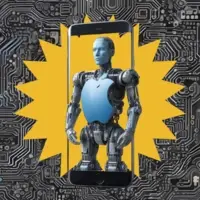
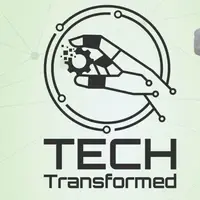

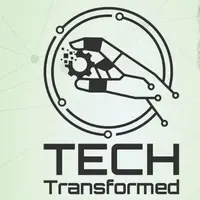
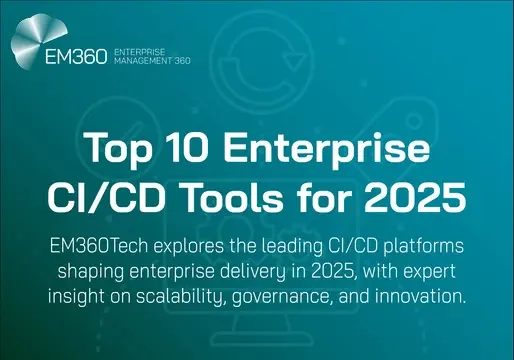




Comments ( 0 )